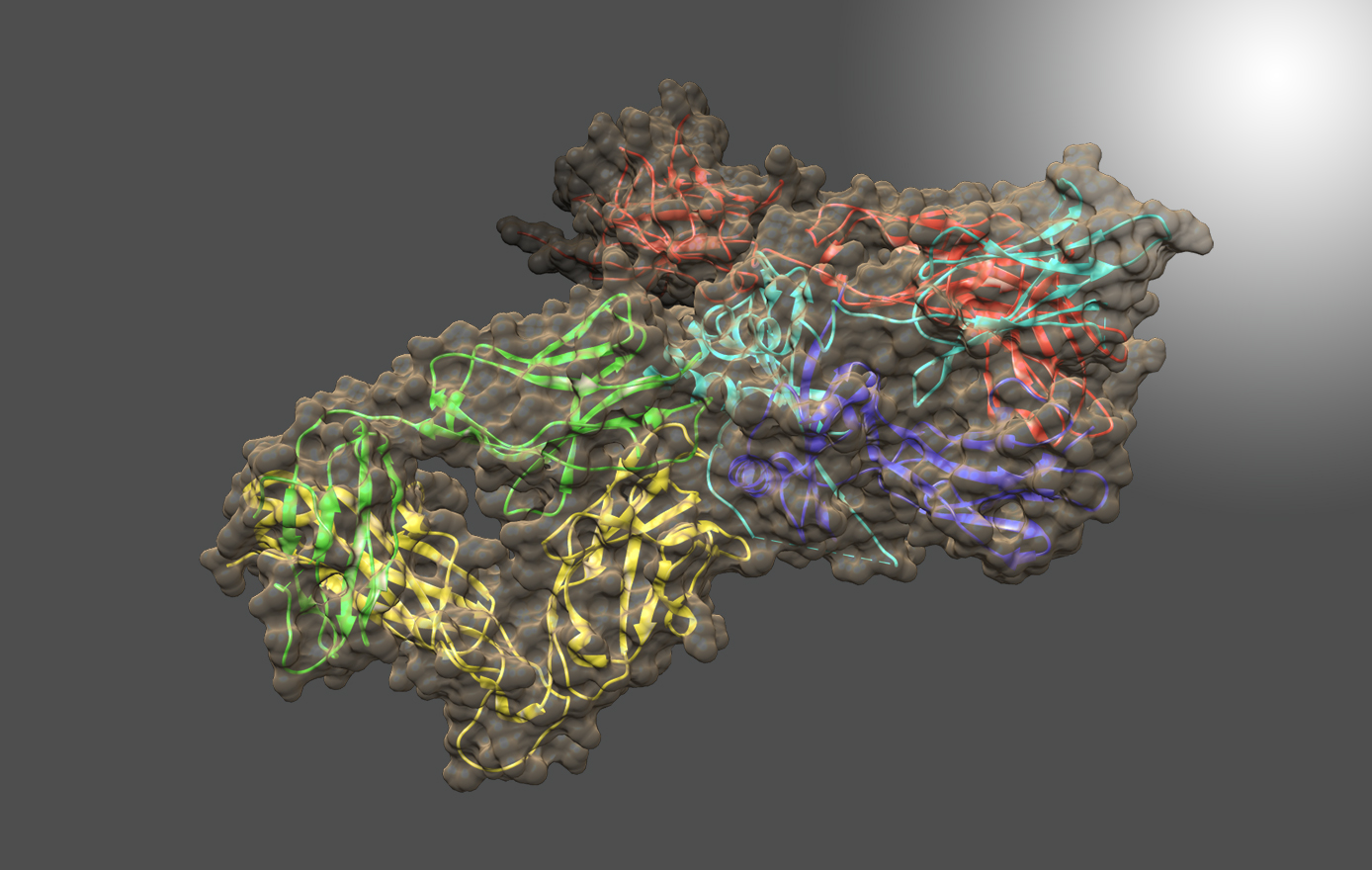Proteins Flex to Function: The Role of Conformational Plasticity in Molecular Recognition
Event Info
Event Details
Proteins, and their three-dimensional structures, are central to many aspects of biotechnology and medicine. However, our view of protein structure is biased by our crystallographic technology -- in which we study protein structures in crystal lattices. From a single high-resolution crystal structure, we often get only a part of the structure-function story. The true nature of a protein, like most organic molecules, is to adopt an ensemble, or Boltzmann distribution, of conformations. Sometimes this ensemble, which we call the “native protein structure”, is narrow (converged), and in the limit conforms to a crystallographic picture. In other cases, it is conformationally diverse. These conformational variants include surface sidechain and backbone loop conformers, multiple bound-state conformations of ligands, allosteric and enzyme transition states of the overall protein structure, and interdomain structural variability of multidomain proteins. These multiple conformational states underlie the structural “plasticity” of the protein, and often confer key biological functions. By improving our picture of these "native-state energy landscapes", we obtain a more complete and accurate understanding of the relationships between protein sequences, their structures, and their functions. Our recent efforts use molecular modeling and protein sequence co-variance analysis, together with experimental NMR, X-ray crystallography, and small angle X-ray scattering (SAXS) data, to gain insights into structure-function relationships of proteins involved in influenza virus infection and cancer biology. These studies also provide important starting points for understanding the roles of protein conformational landscapes in evolution, folding mechanisms, enzyme engineering, de novo protein design, and synthetic biology.
